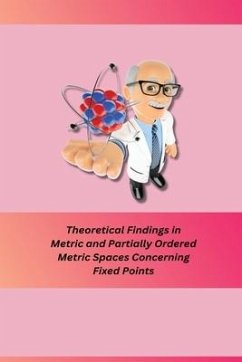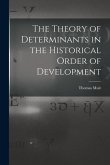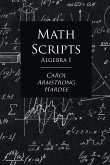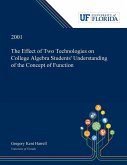Fixed Point Theory' is one of the most dynamic and fruitful tools of modern mathe-matics and may be considered a core subject of nonlinear analysis. In the last 60 years, fixed point theory has been a prosperous area of research for many mathematicians. A point which remains invariant under a transformation is called a fixed point, i.e. a mapping T: X ➔ X is said to be the fixed point (also called a stationary point or an invariant point or a rest point) z in the space X iff Tz = z. However, if Tis a set-valued or multivalued map on X, i.e. Tis a map from X to the set of nonempty subsets of X, then a point z in Xis called a fixed point of Tiff z E Tz. The absence or presence of a fixed point is an intrinsic property of a map. However, many necessary or sufficient circumstances for the existence of such points involve a variety of algebraic, order theoretic or topological properties of the mapping or its domain. Fixed point theorems are generally useful in the existence theory of differential equations, partial differential equations, integral equations, dynamic programming, discrete dynamics, fractal modelling, theory of chaos, population dynamics, differential inclusions, system analysis and other diverse disciplines of mathematics, engineering, statistics and economics in dealing with problems arising in game theory, approxima-tion theory, mathematical economics and several other arears of mathematical and applied sciences (see for instance [8, 33, 36, 41, 46-48, 54, 57, 58, 60, 65, 69, 75, 77, 78, 83, 85, 88, 92, 97,101,104,106,113,153,155,173,209] and references thereof). The notion of an abstract metric space was given by M. Frechet in 1906, furnishes the common idealization of a large number of mathematical, physical and other scien-tific constructs in which the concept of a 'distance' appears. The essential features of this concept is that with every pair of points in certain set, there is associated a single non-negative real number satisfying some properties.
Bitte wählen Sie Ihr Anliegen aus.
Rechnungen
Retourenschein anfordern
Bestellstatus
Storno









